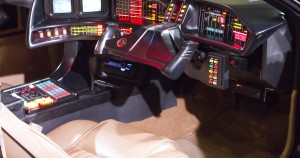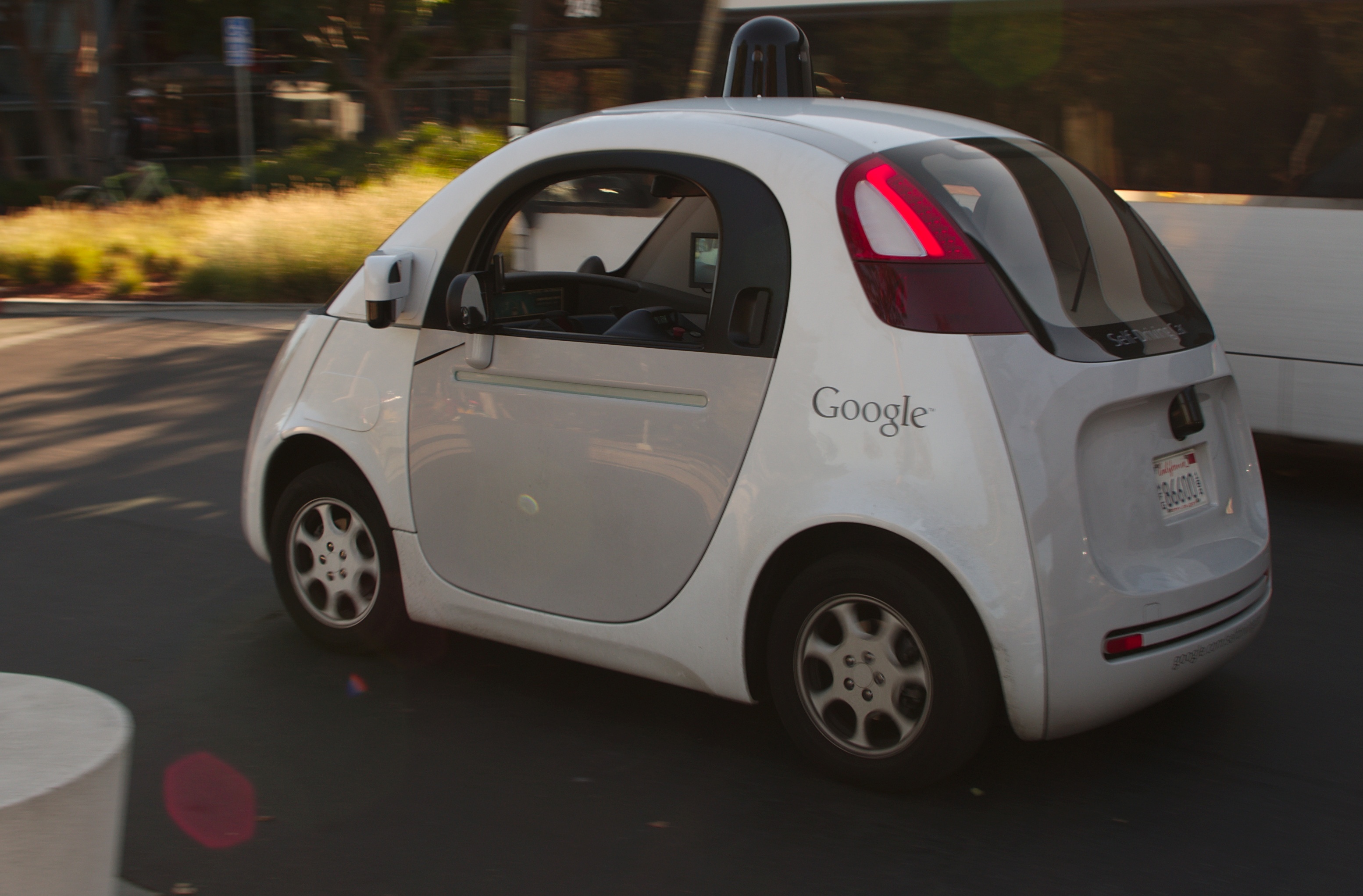The automobile sector is among the fields that are featured with fast and innovative advancements. Thanks to the technological improvement, self-driving cars are no longer an illusion. Groups like BMW, Mercedes and Tesla are looking forward to the debuting of their models that are endowed with the self-driving capabilities. Also, Google has revealed that it will soon unleash its version, which is set to be tested in California this summer. Here is more information about Self-driving cars and their future.
How do these cars work?
The driverless cars will be operated with the aid of GPS, sensors, and computer systems.  The implements will also be integrated with a laser, fit at the cars’ roofs, where the tool can be able to provide a detailed 3D map of the car’s environment. Other important extras include laser measurements enabled with high-res maps, high tech data collection modules that facilitate the cars’ drives, sensing obstacles, and abiding by the traffic rules. To make it, even more, efficient for traffic rules observation, it will confer with front and rear radars, along with a rearview camera to detect traffic light signals. Reports by Brin; the CEO and Co-founder of Google state that users should expect the self-driving cars to be available in the market within five years.
The implements will also be integrated with a laser, fit at the cars’ roofs, where the tool can be able to provide a detailed 3D map of the car’s environment. Other important extras include laser measurements enabled with high-res maps, high tech data collection modules that facilitate the cars’ drives, sensing obstacles, and abiding by the traffic rules. To make it, even more, efficient for traffic rules observation, it will confer with front and rear radars, along with a rearview camera to detect traffic light signals. Reports by Brin; the CEO and Co-founder of Google state that users should expect the self-driving cars to be available in the market within five years.
But are they safe?
To start with, these vehicles are aimed at eradicating accidents and damages caused by human-driven cars. It is deemed that the driverless cars will be free from human error thus they will be more reliable, efficient and secure. However, the vehicles will require Safety-critical intervention that will need human adjustments after about 50,000 miles.
Self-driving cars compared to today’s cars
Now that we expect an advanced automobile, should we look forward for something that is completely new? Basically not, today’s cars are enabled with up to notch equipment and features that will count to the functionality of the anticipated make. These include tools that are built into vehicles present in the current market; e.g. self-parking technology, accident prevention systems, and a Back Over Avoidance System (BOA), among others- BOA is the most recent invention that works upon ultrasound sensors, which in turn initiate braking when obstructions are detected on the way.
For Self-driving cars and their future, it is anticipated that the self-driving cars will be able to optimize effectively the use of automatic braking systems along with the self-parking capabilities to cut down the rate of accidents as well as providing better-traveling experiences. Conversely, the project is still undergoing developments to ensure that when the final output is released to the market, all the safety measures will be up to the mark for safe and comfortable driving.

